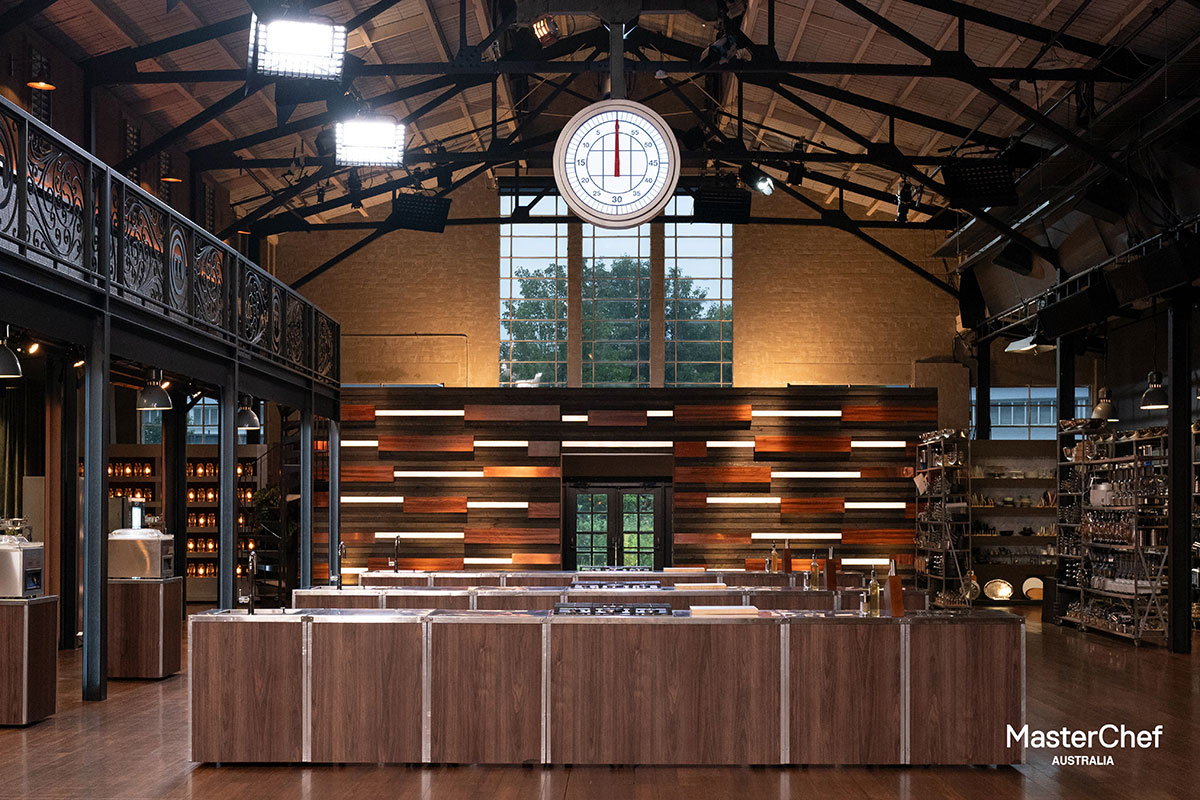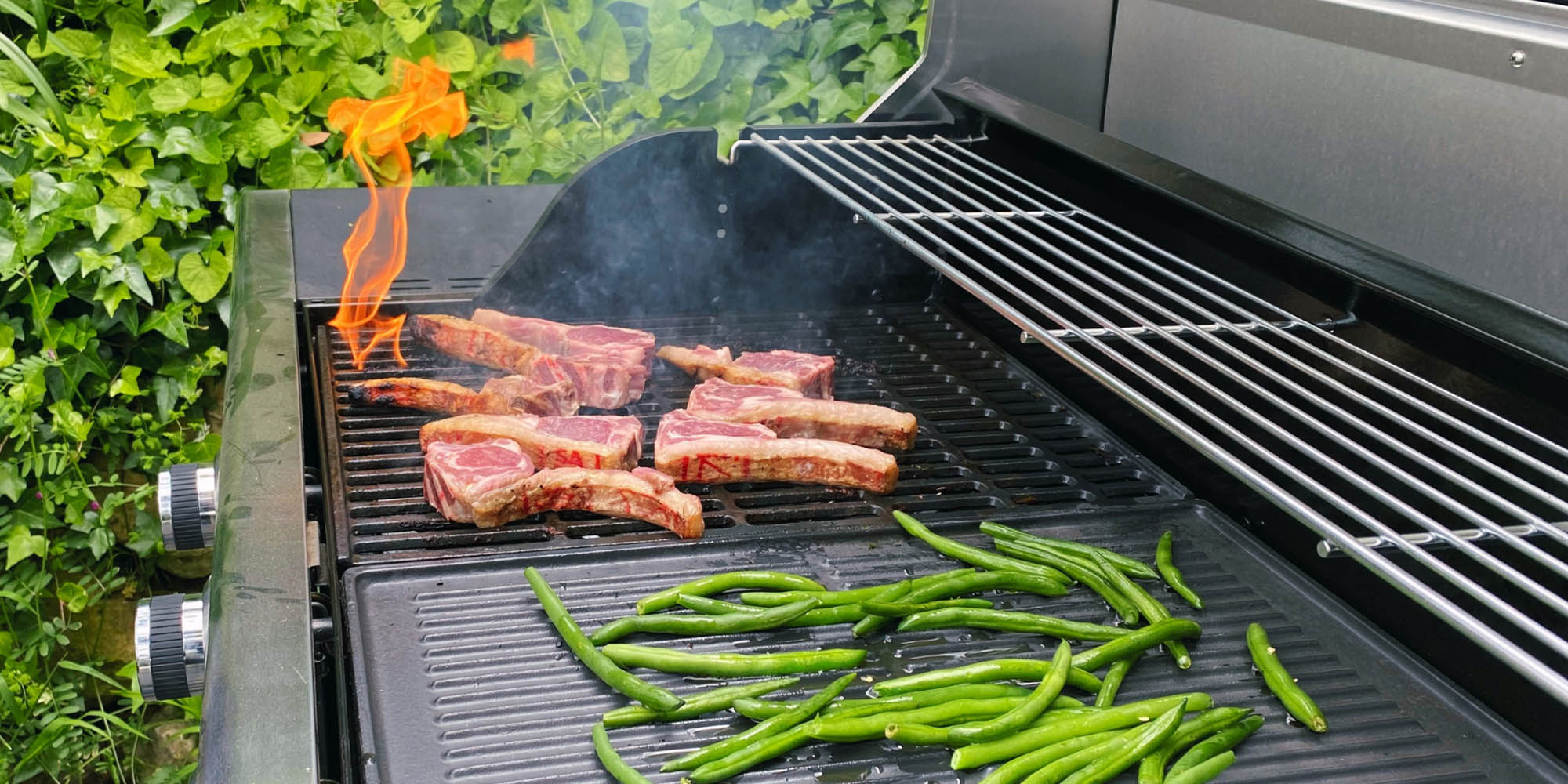
MasterChef Australia and Network 10 unveil a world first for the franchise in Season 16, with the kitchen stove tops powered by 100% biomethane!
And we at AGN are absolutely thrilled to be a proud sponsor ensuring the reliable biomethane has always turned up to set ready to go when the cameras start rolling. Thanks to the involvement of our industry partners, the process has been so seamless the stovetops have continued to perform to perfection, with the bonus of the gas used being carbon neutral.
So, what are the differences between renewable gases and natural gas?
At its most simple, renewable gas comes from water or waste.
For biomethane, on a molecular level, not much differs from natural gas . The two gases are interchangeable when it comes to appliances, gas networks and performance. It’s their origin story that is the big difference.
Biomethane is captured from our environment. Thanks to technology we can now turn organic waste – such as green waste, food industry byproducts, agricultural and industrial waste – into a methane-rich renewable biogas which is converted into biomethane.
Hydrogen is created by splitting water into oxygen and hydrogen using a process called electrolysis. When renewable electricity is used, the hydrogen is called renewable hydrogen. Want to find out more about renewable gas on the set of MasterChef Australia? Click here




